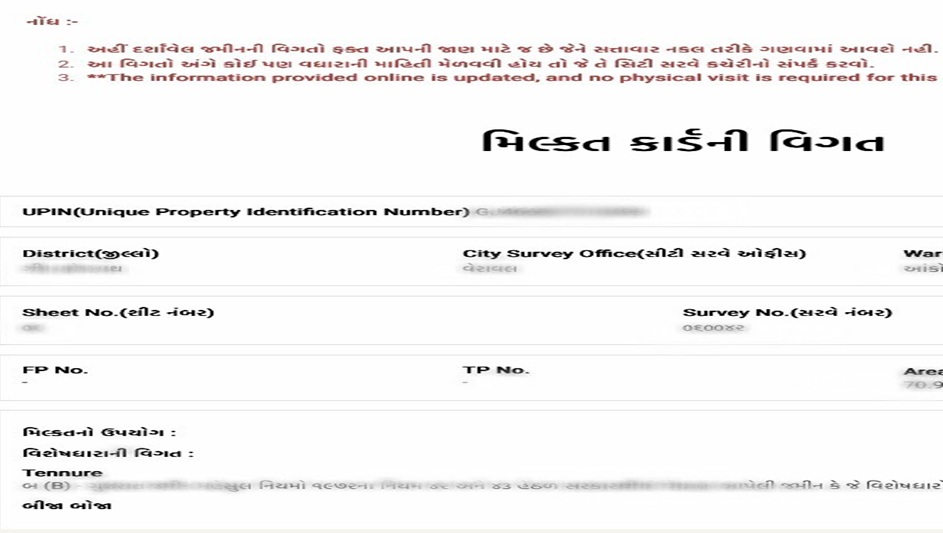A sale deed is a crucial legal document that facilitates the transfer of property ownership from one party to another. It serves as evidence of the transaction and outlines the rights and responsibilities of both the buyer and the seller. Understanding the intricacies of a sale deed is essential for anyone involved in real estate transactions.
The components of a sale deed include details about the property, the parties involved, and the terms of payment. Proper execution of this document ensures that the transaction is legally binding and protects the interests of both parties. Knowledge of these elements can help avoid disputes and ensure a smooth transfer of ownership.
For those navigating property transactions, familiarizing themselves with the importance and format of a sale deed is vital. This understanding can empower individuals to make informed decisions, ultimately leading to successful property ownership experiences.
Key Takeaways
- A sale deed is essential for transferring property ownership.
- Key components include details about the property and transaction terms.
- Knowledge of the sale deed process helps avoid potential disputes.
Understanding Sale Deeds
A sale deed is a vital legal document in property transactions. It formalizes the transfer of ownership from the seller to the buyer and outlines essential details regarding the property and the parties involved.
Definition and Purpose
A sale deed is formally recognized as a legal instrument that transfers ownership of real estate from one party to another. It is typically executed when a buyer agrees to purchase property from a seller. The key purpose of this document is to provide a legally binding agreement that specifies the terms of the sale, including the sale price, property description, and any warranties or representations made by the seller.
The sale deed serves to protect both parties. For the seller, it secures payment for the property, while for the buyer, it guarantees rightful ownership. The deed must be signed by both parties and attested by witnesses to ensure its legality. It is often created on non-judicial stamp paper, as required by law.
Legal Framework Governing Sale Deeds
The execution of sale deeds is governed by specific legal provisions, primarily under the Registration Act of 1908 in India. This legislation stipulates essential requirements for the validity of a sale deed, including registration with the local sub-registrar. Without registration, the deed may not be considered legally enforceable against third parties.
Additionally, the sale deed must comply with local regulations regarding property transactions. It should include relevant details such as the identification of both parties, a clear description of the property, and the terms of payment. Failure to adhere to these legalities can lead to disputes or challenges to the ownership of the property.
Understanding these legal frameworks is crucial for ensuring a smooth and lawful transfer of ownership during property transactions.
Components of a Sale Deed
A sale deed includes several critical components that ensure the legal transfer of property. Each part of the deed addresses specific aspects that protect the rights of the involved parties and clarify the transaction’s details.
Identifying Parties and Property
This section provides essential details about the parties involved in the transaction. It includes:
- Names: Full names of both the buyer and seller.
- Ages: Verification of the parties’ ages to confirm legal capacity.
- Addresses: Permanent addresses for both parties.
Additionally, detailed information about the property being sold is crucial. This includes:
- Property description: A clear, accurate description, including boundaries and dimensions.
- Title details: Any title deeds or ownership documentation should also be mentioned.
These elements ensure that all parties are correctly identified and the property details are unmistakable.
Terms and Conditions of Sale
This section outlines the specific terms of the sale. Key aspects include:
- Sale Price: The total amount agreed upon by both parties.
- Payment Method: Details about how payment will be made, whether via bank transfer, cash, or financing.
- Possession Date: When the buyer will take possession of the property.
Additional conditions, such as any contingencies or obligations for repairs, may also be included. Clear terms help both parties understand their responsibilities and expectations.
Rights and Obligations of Parties
The rights and obligations of both the buyer and seller must be clearly stated in the sale deed. Important points include:
- Seller’s Obligations: The seller must ensure that the property is free from legal disputes and encumbrances.
- Buyer’s Rights: The buyer has the right to receive clear title and undisturbed possession.
Furthermore, this section may outline the consequences of default or breach of contract, ensuring accountability. Clearly articulated rights and obligations help prevent future conflicts and misunderstandings.
Execution Process
The execution process of a sale deed involves critical steps to ensure that the transfer of property rights is legally recognized. This includes drafting the deed accurately and completing the registration process at the appropriate authority.
Drafting the Sale Deed
Drafting a sale deed requires careful attention to detail. It must include essential components such as:
- Property Description: Clear identification of the property being sold, including address and boundaries.
- Parties Involved: Full legal names and identification details of the buyer and seller.
- Sale Consideration: The agreed price for the property, stated clearly.
- Rights and Obligations: Specific rights transferred and any obligations of both parties.
The deed must be prepared on non-judicial stamp paper, as mandated by law. After drafting, both parties should review the document to ensure accuracy and mutual agreement. It is advisable to seek legal assistance to ensure compliance with local laws.
Registration and Attestation
Once drafted, the sale deed must be registered to acquire legal validity. The registration process involves the following steps:
- Visit to the Sub-Registrar: Both parties must be present at the local sub-registrar’s office.
- Submission of Documents: Alongside the sale deed, relevant documents such as ID proofs and previous title deeds must be provided.
- Payment of Stamp Duty: The applicable stamp duty, which varies by state, must be paid before registration.
After submission, the sale deed is attested by the sub-registrar, confirming that the document is now legally binding. The registered sale deed should be collected within a specified timeframe, typically 15 days after registration. Failure to register may result in the buyer losing ownership rights.
Critical Considerations
When engaging in a property transaction, certain factors require attention to ensure the process runs smoothly and legally. Two vital aspects that warrant a closer examination are due diligence and verification, alongside the implications of any violations related to the sale deed.
Due Diligence and Verification
Due diligence is a critical step in the property buying process. This involves a comprehensive assessment of the property’s title, ensuring that it is free from encumbrances, disputes, or legal claims.
Key actions include:
- Title Search: This investigation confirms the seller’s ownership and reveals any existing mortgages or liens.
- Property Inspection: Evaluating the physical condition of the property helps identify any potential issues that could affect its value or usability.
- Legal Review: Engaging a legal professional to scrutinize the sale deed ensures compliance with applicable laws.
Verification of documents is equally vital. Buyers should cross-check that all necessary paperwork, including the sale deed, is accurate and complete to avoid complications later.
Impact of Sale Deed Violations
Violations of the sale deed can have significant repercussions. Non-compliance may lead to legal disputes, financial losses, or even the voiding of the transaction.
Some potential impacts include:
- Legal Action: A buyer may face lawsuits from the seller or other stakeholders if the terms of the sale deed are breached.
- Loss of Deposit: Failure to adhere to the agreed-upon terms may result in forfeiting any earnest money or deposits made during the transaction.
- Delayed Ownership Transfer: Violations can lead to prolonged legal battles, preventing the buyer from gaining rightful ownership of the property.
Understanding these facets can empower buyers and sellers to navigate the complexities of property transactions more effectively.



